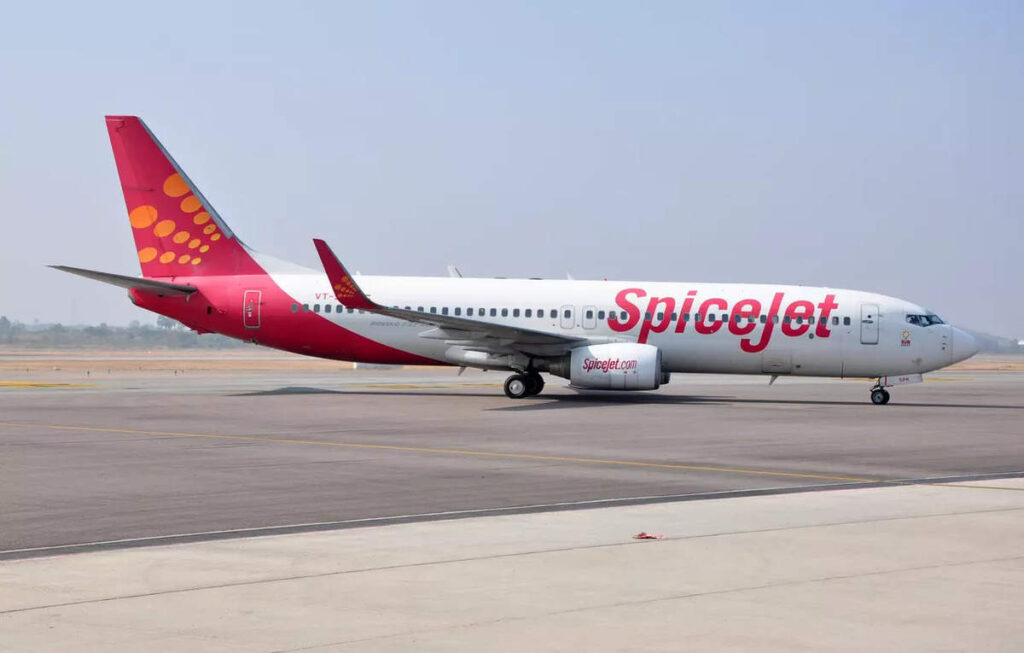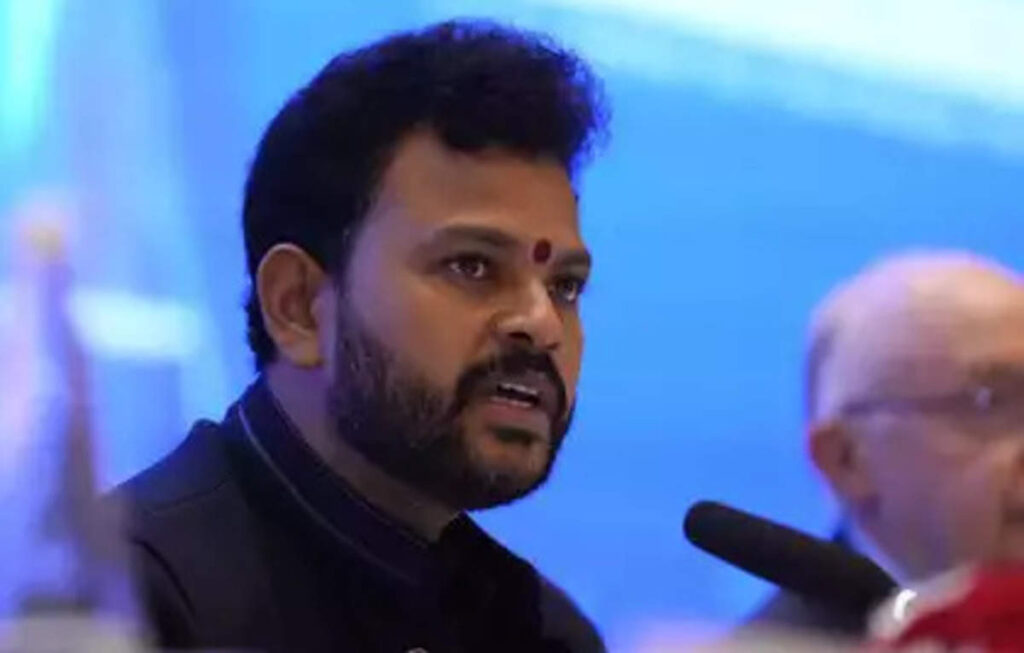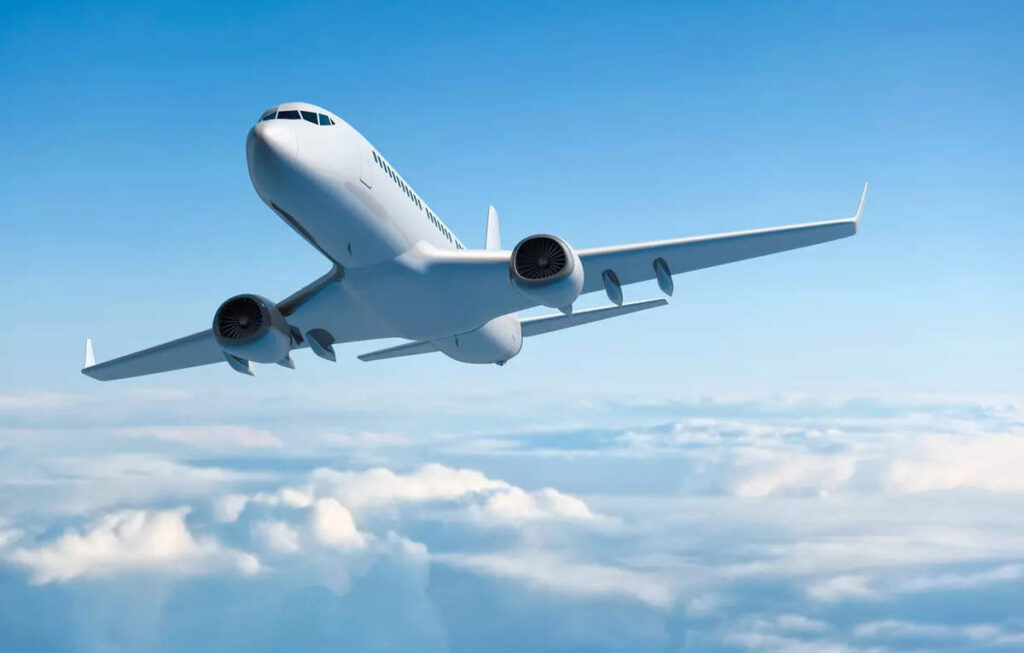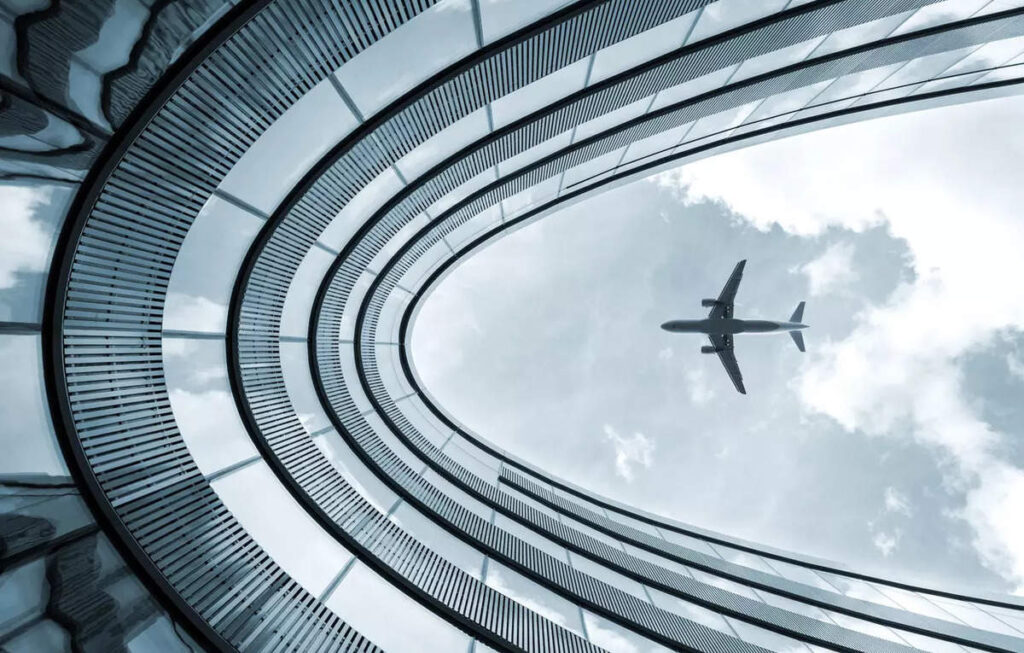High airfares have slowed down Indian domestic aviation’s runaway growth story being seen post 2021. Last month saw almost 1.3 crore fly within the country, 7.3 per cent more than July 2023, according to DGCA data. The first seven months of this calendar year have seen 9.2 crore domestic flyers, 4.7 per cent more than January-July 2023’s 8.8 crore.
IndiGo’s market share climbed to this year’s high of 62 per cent last month. The combined domestic market share of Air India, Vistara and AI Express was 28.5 per cent last month.
SpiceJet’s domestic market share in July, 2024, has fallen to 3.1 per cent — from 5.6 per cent as the airline sees some unpaid lessors trying to repossess their planes and engines. The DGCA data shows SpiceJet as the least punctual airline last month with only 29.3 per cent of its flights leaving on time at the four metros of Delhi, Mumbai, Bengaluru and Hyderabad. Not surprisingly, 43,521 SpiceJet passengers last month — 11 per cent of its just over 4 lakh domestic flyers — saw delays of over two hours. DGCA data shows the on time performance chart for domestic flights saw Air India Express at the top (70.3 per cent) followed by Vistara (64.6 per cent); Akasa (64.2 per cent); IndiGo (62 per cent) and Air India (57.4 per cent).

SpiceJet reported a 26.7 per cent drop in first-quarter profit to 1.50 billion rupees, primarily due to fewer passengers and ongoing legal and financial challenges. The carrier flew 1.7 million passengers, down 17 per cent year-on-year, as its market share fell. Revenue from operations decreased by 15.3 per cent. Efforts to raise funds and settle disputes are underway.
With two mega airlines, India’s aviation landscape has changed from the earlier witnessed fight for market share by offering low (often below cost) airfares — that eventually led to collapse of big airlines like Kingfisher and Jet (GoAir was a different story) — to now what airlines call “pricing discipline” of not repeating that mistake.Double digit growth had become common since late 2021 but two factors have now slowed that pace. Firstly, India now has two well-funded mega airlines — Tata-backed Air India-led group and IndiGo — that between them have 91 per cent of domestic market share. As a result, the low airfares — often below cost — seen earlier from financially weak airlines to raise funds is a thing of the past.
Secondly, the collapse of GoAir last year; grounding of over 75 IndiGo Airbus A320 family planes due to issues with Pratt & Whitney engines; Boeing’s inability to give B737 MAX as promised to Akasa and the shrinking of cash-strapped SpiceJet which is now struggling to survive has led to a demand supply mismatch. This, in turn, adds to the pricing pressure being felt by flyers.
- Published On Aug 19, 2024 at 09:40 PM IST



















